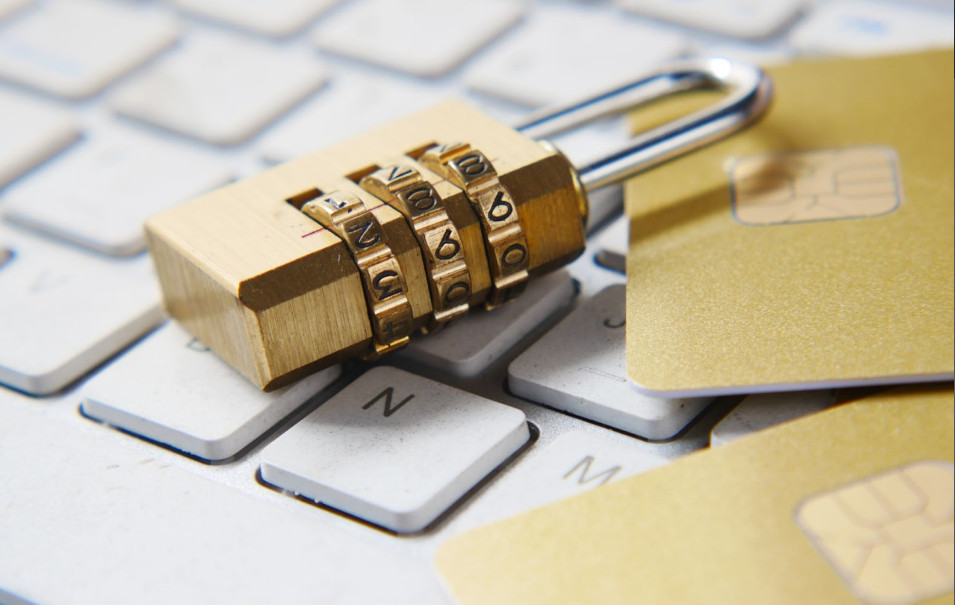Data protection and the safety of personal information are incredibly important topics, especially in the digital age.
As technology continues to evolve and become more integrated into our lives, our data becomes increasingly vulnerable to cybercrime, identity theft, and other malicious activities.
Organizations must adhere to fundamental principles to secure individuals’ online information.
1
The first principle is security.
Organizations ought to establish strong systems for protecting data by encrypting it when stored or transmitted to others, implementing firewalls to prevent unauthorized access, deploying anti-malware solutions that can detect virus attacks or suspicious behavior on the network, and providing employees with regular training on best practices for cybersecurity.
2
The second principle is accountability.
Organizations are responsible for ensuring that their networks are secure, and any personnel entrusted with safeguarding personal data must be held accountable for any security breaches that may occur.
This means having a clear process in place for assessing potential vulnerabilities in order to identify areas of risk before they can be exploited by hackers or other malicious actors.
3
Organizations must have a data breach response plan to prepare them for a potential issue.
This includes having procedures to alert affected customers as soon as possible after a breach has been identified, procedures for investigating the cause of the event and mitigating its effects, as well as protocols for reporting the event to relevant regulatory authorities.
4
Companies should ensure that only authorized personnel have access to sensitive customer information such as passwords or financial account numbers.
This personnel should also be subject to stringent background checks prior to being granted access rights.
Additionally, organizations should implement measures such as two-factor authentication whenever users attempt to log into their accounts online via unsecured networks like public Wi-Fi hotspots which could make them more prone to cybercrime attacks.
5
Organizations need to clearly explain how customer information will be used and what methods will be employed to protect it from misuse or unauthorized access attempts by third parties.
Companies should also provide customers with the opportunity to opt out of certain types of tracking activities, and this decision should be respected at all times by the organization handling their data.
On the other hand, if I want to track my MacBook or MS Windows computer for specific reasons, the option should not be excluded.
6
Organizations need to develop an internal culture of data protection awareness amongst their staff members, so they understand how their everyday activities might impact customer privacy rights if not done correctly.
The culture should include everything from proper disposal of printed documents containing sensitive information right through to ensuring employees don’t share corporate passwords with non-authorized persons outside the workplace environment.
7
Companies must regularly assess third-party vendors who handle customer data on their behalf in order to ensure they have adequate security systems implemented too.
If not, this could indirectly lead to the company itself if there was ever a major breach involving one of these vendors down the line somewhere else across their supply chain network links this way too.
Such assessments could include verifying whether (or not) these external partners possess appropriate certifications such as PCI DSS (Payment Card Industry Data Security Standard).
8
Organizations have to put robust logging mechanisms into place which can not only record any changes made within various databases/applications but also enable them to be easily identifiable when needed beyond just simply for audit trails purposes.
Records like these—even where deleted items go—can help organizations spot and investigate potential mishandling or misuse matters much quicker than would normally be possible, simultaneously and efficiently.
9
Furthermore, companies can reinforce existing policies with educational content and programs tailored towards raising employee awareness levels around different security threats and risks, especially those that may exist within externalized platforms like social media channels.
Such content should be updated/reviewed periodically, along with password reset policies, at least once a year.
10
Next, companies need a dedicated procedure whereby customers are free to request copies of their own personal data, which those organizations may hold about themselves.
They also require sufficient technical mechanisms available so customers can easily update or correct inaccurate details which could appear in those records belonging directly to them exclusively.
11
Lastly, companies need an adequate setup designed specifically so that users can delete all traces of their personal notes associated with them inside any digital databases/systems currently in existence.
Such a system would guarantee customers full control over any private materials stored securely in the company’s software/equipment database and allow them peace of mind throughout the entire process.

